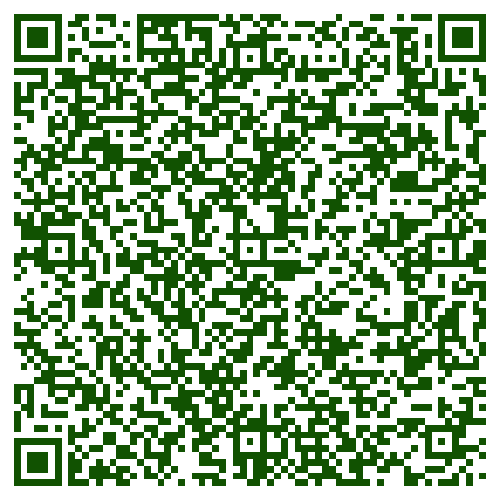Here, a frame in process. At the upper right, the block at the center of the frame. This is the one tool in my studio that does not have some sort of dust collection system. So, noisy, and messy. While I'm typing this, the idle part of my brain is thinking of how I can add dust collection, and the power cord all coming down from on high. Hmmm.
There is a "scary" aspect to using a router on a 50-60 inch diameter frame, mostly to do with keeping the noisy little beast stable. Now I'm thinking of how to add circular capability to my shaper, and power feeder. Hmmm, again.
The floor in the top photo, shows the detritus of gesso, and various sealers, toners and paints, from when the frame was too big for the spray area, where I generally make my messes.
Here is a shot of the build-up of gesso, sealer, toner and what not on the turntable in the spray area. It probably weighs twice what it did when I built it. I included, as a client was fascinated by the abstract quality of the accretions.

















